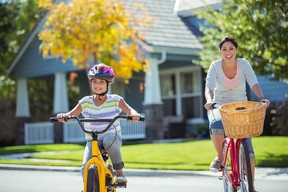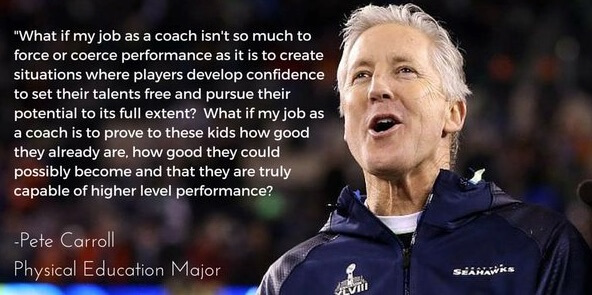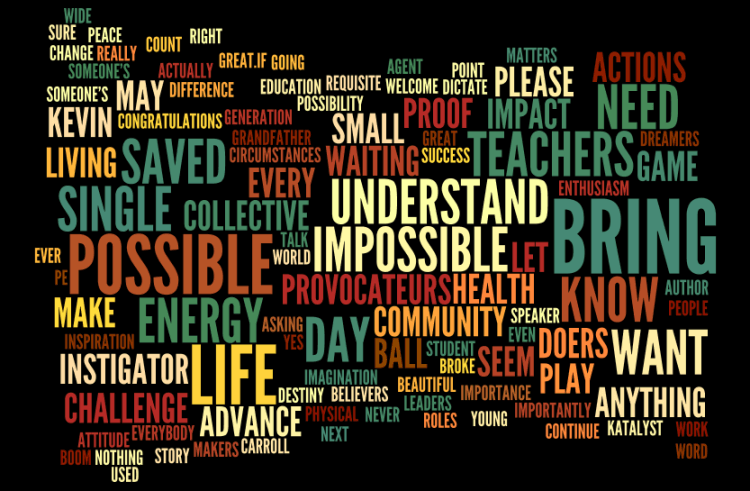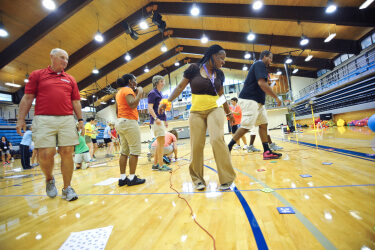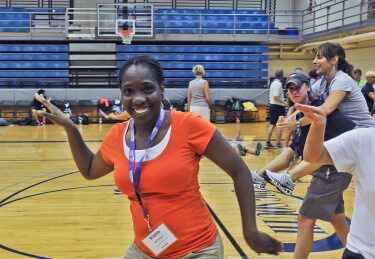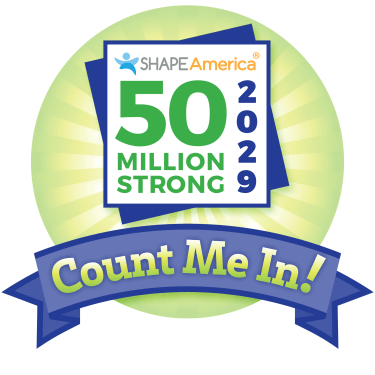The school year may be almost over and although you will certainly need a break from the noise, kids and administrative chores, hopefully you’ll find time to take stock of the year just finishing – how it was, what worked (and why), what needs changing (and why), and if you met your professional goals or need to set new ones. Among other things, this means figuring out why some classes were a joy to teach and why others less so! Why? And more importantly what can you do to improve next year?
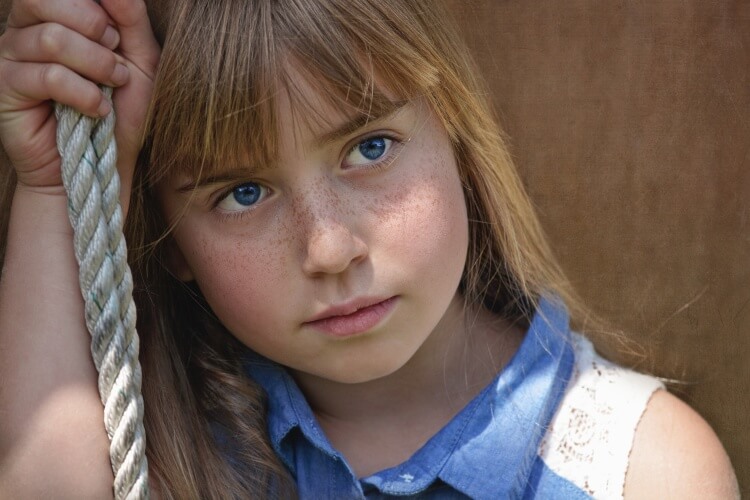
Part of the reason some things did not go as well as you hoped might relate to facilities, equipment, time, or curriculum. But perhaps the explanation is related to something harder to clearly point to such as difficult relationship with some of your students? What might be called for is finding more effective ways to address the physical, social, and emotional needs of all of your students.
A good starting point is to remind yourself that all of your students are different. You undoubtedly have some great athletes, some creative thinkers, some social butterflies, some kids who comply with your directions because they’ve learned that moving is good for their health or because they like you, some who hate competition though they love to move, and some who show up because they have to and have no other motivation.

